Watching out for each other
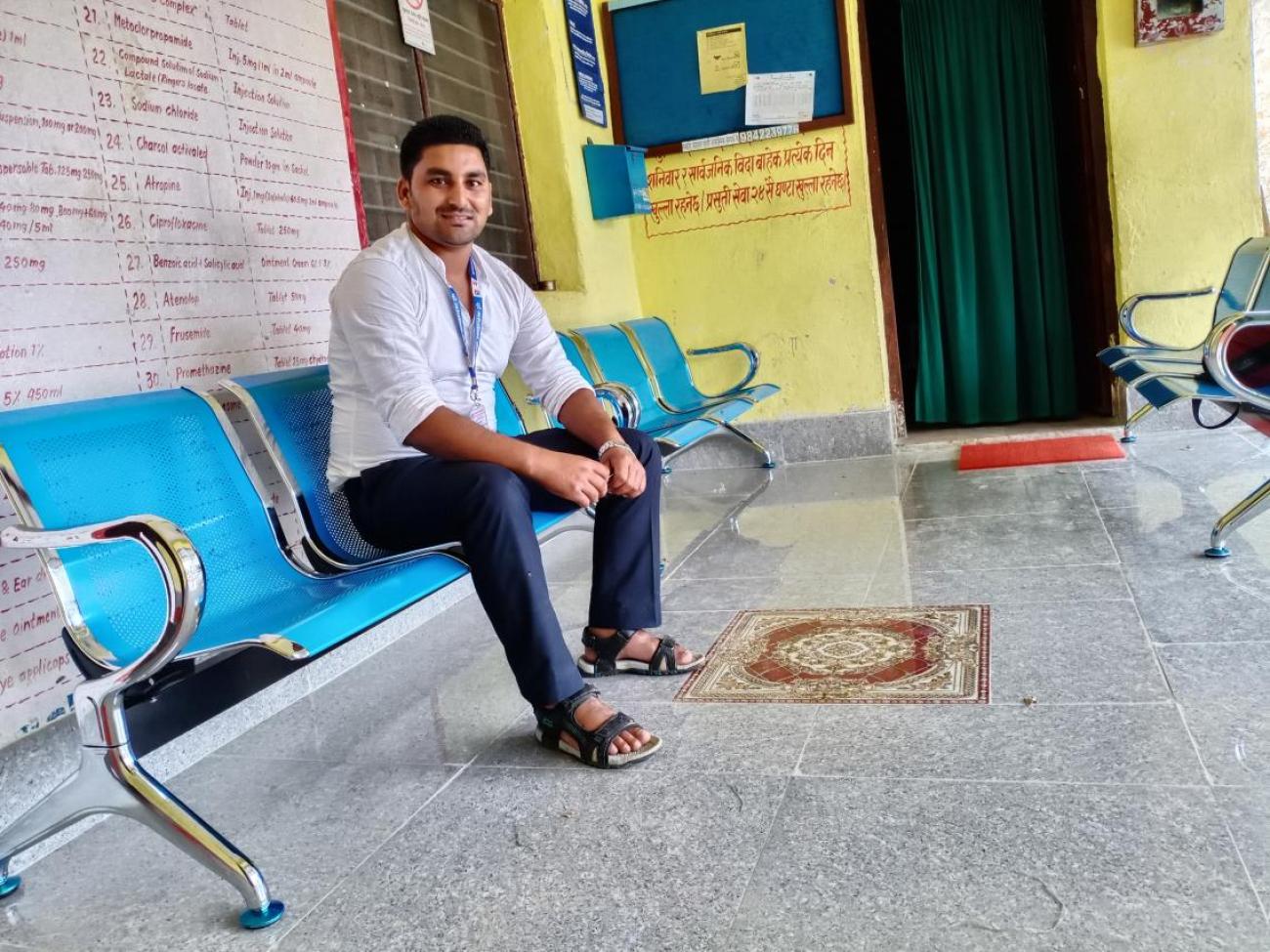
In a community in western Nepal, neighbourhood-based committees led by healthworkers, local government representatives and volunteers have been working.
Kailali, Nepal: “When people are suffering, sometimes it helps them just to know that there is someone they can reach out to if they need. That’s one of the things this pandemic has taught us.”
Kishor Bahadur Singh remembers how, when the country was reeling from the first wave of COVID-19 in 2020, he and his colleagues had struggled to identify and treat patients. Kishor is the chief of the health post in the Sahajpur ward in Chure Rural Municipality in Kailali District in Nepal’s west. Given its proximity to the Nepal-India border, and the thousands of Nepalis working or travelling in India who returned home at the time, Kailali had quickly become one of the hotspots of the disease.
“It was chaotic,” Kishor says. “It was hard to know who was infected and who wasn’t, and health workers were exhausted running around, trying to reach people in time.”
Given that experience, when the second wave of the pandemic began sweeping across the nation in early April this year, Kishor says he knew they needed to prepare. When news started circulating that a lockdown was impending, he put forth his proposal to ward officials: to mobilize five-person committees in each of the neighbourhoods in the ward to monitor, collect information on and provide support to people and families affected by COVID-19.
And so, under Kishor’s leadership and in coordination with the ward office, five such committees were formed – each comprising of a ward representative, a female community health volunteer, a teacher, and local social workers.
Committee members were tasked with going door-to-door in their designated neighbourhoods to pull together data about households, particularly on whether there were any people who had recently returned from overseas, or whether anyone had symptoms, and then report these to the health post – a crucial step, according to Kishor.
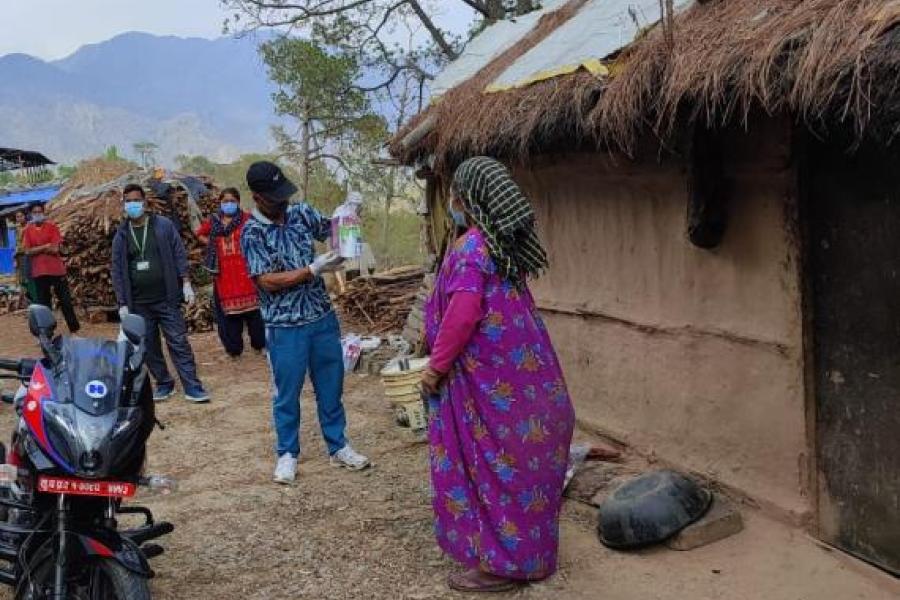
“Having that information is so important when you are trying to bring the situation under control,” he says. “If you know what is happening, you can plan accordingly.”

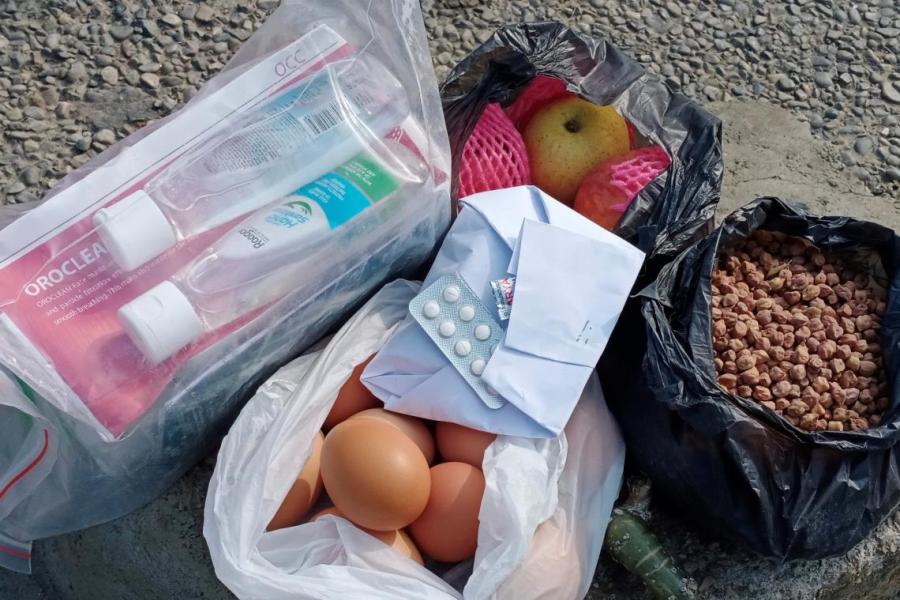
When they do come across people with COVID-like symptoms, the committee members immediately either refer them to the health post to get tested or – if the person is unable to go themselves – arrange for a swab collection at home. Then, should the results come out positive, the committee provides them a home isolation care package, including some food items and basic medicines such as paracetamol, as well as vitamin tablets. And with UNICEF’s support, a combination of health and hygiene supplies – masks, thermometers, water disinfecting solution, soap and sanitizer, among other items – have also been added to these packages.
Besides the packages, committee members regularly follow up with the patients and advise them on best home isolation practices, so that the infection doesn’t spread to others in the family. “We talk to them about eating well, keeping clean and using masks properly,” says Jhupa Oli, one of the female community health volunteers mobilized as part of the neighbourhood committees. “We’ve also given out our phone numbers for people to call if they have any questions or need our help.”
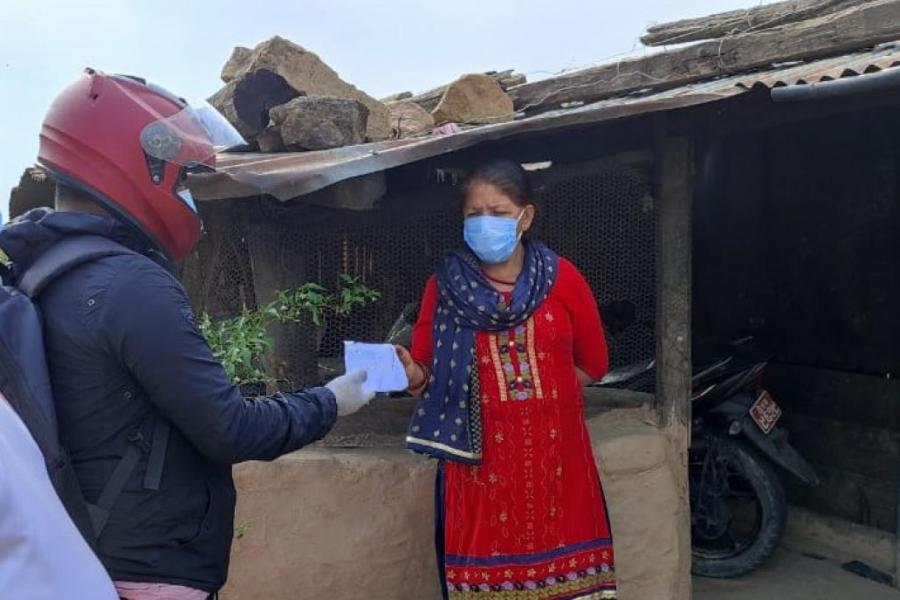
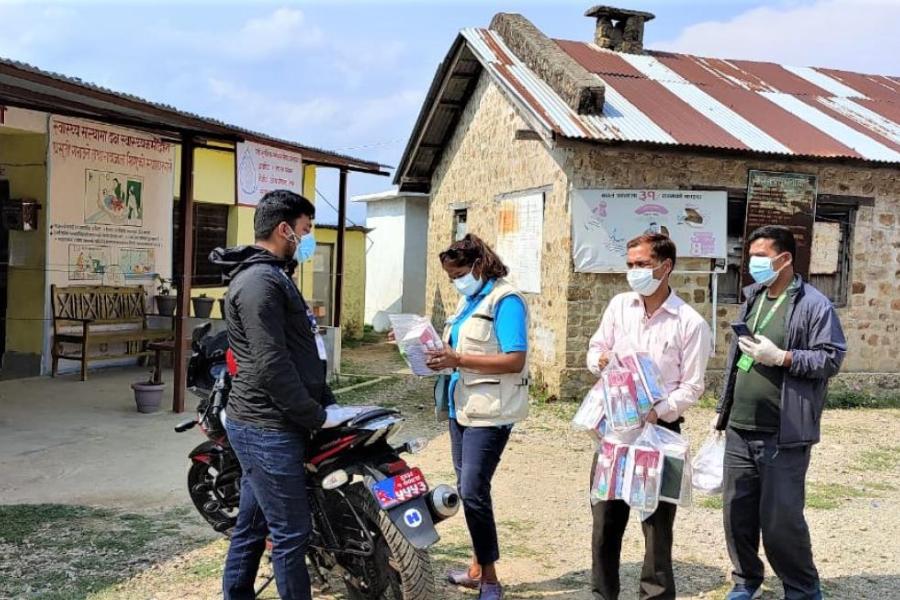
Of course, home isolation can be challenging for a lot of families living in smaller spaces, especially those with shared toilets and water facilities. “We have to consider this when giving people advice – it’s not the same for everyone,” Jhupa says.
For people who find it impossible to isolate themselves from family members for such reasons, a small isolation centre has been set up close to the health centre. Right now, five people are staying at this centre – with plans for expansion of facilities in the coming days – while around 15 are in home isolation.
Among the latter is Nar Oli, who is celebrating having just tested negative after two weeks of isolating at home.
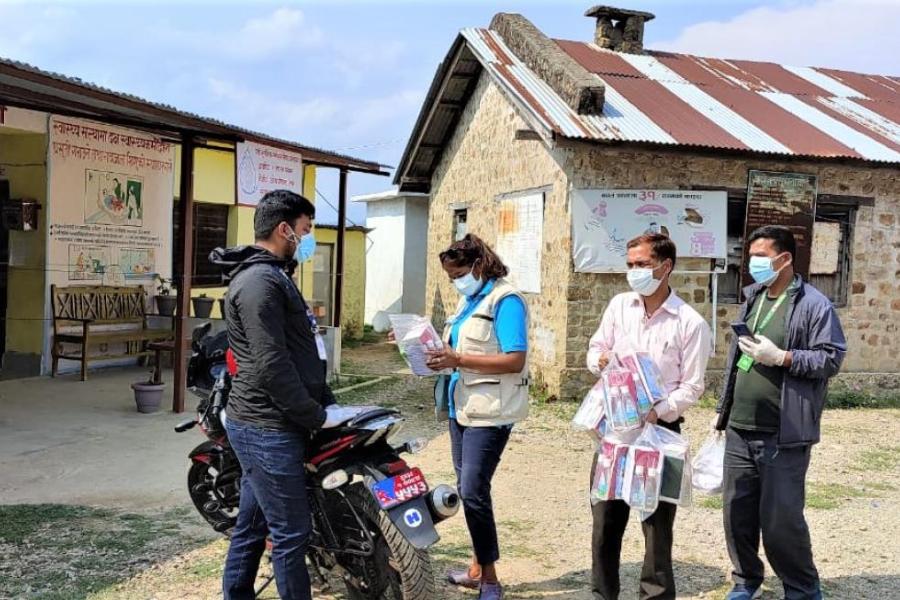
“We are six people in the house, so keeping myself completely separate was difficult, but thanks to the advice and support from the committee, we were able to make it work,” he says.
Although Kishor admits that the crisis is far from over – just recently, two of his colleagues tested positive – he feels hopeful that continuing along this path will help them weather the storm. “Forming the committees has helped both healthworkers and the patients,” he says. “For us, having local people on the ground to give us regular updates has been very useful in keeping track of the disease and taking quick action, and for the patients, they feel more protected and supported.”
Attesting to this, Nar says that just the fact of having the committee’s contact information in hand, and told to call anytime he needed help, had given him a feeling of confidence.
“It felt good to know there was someone watching out for us.”



